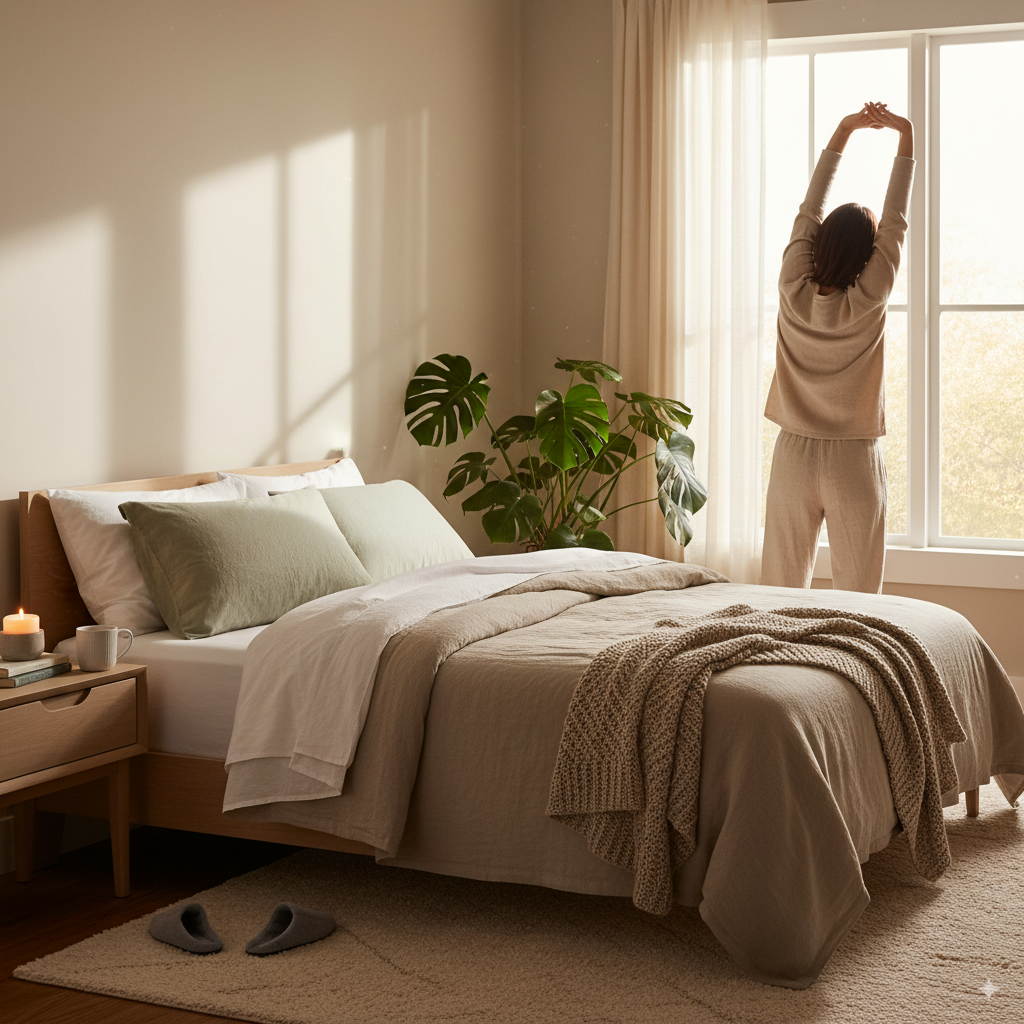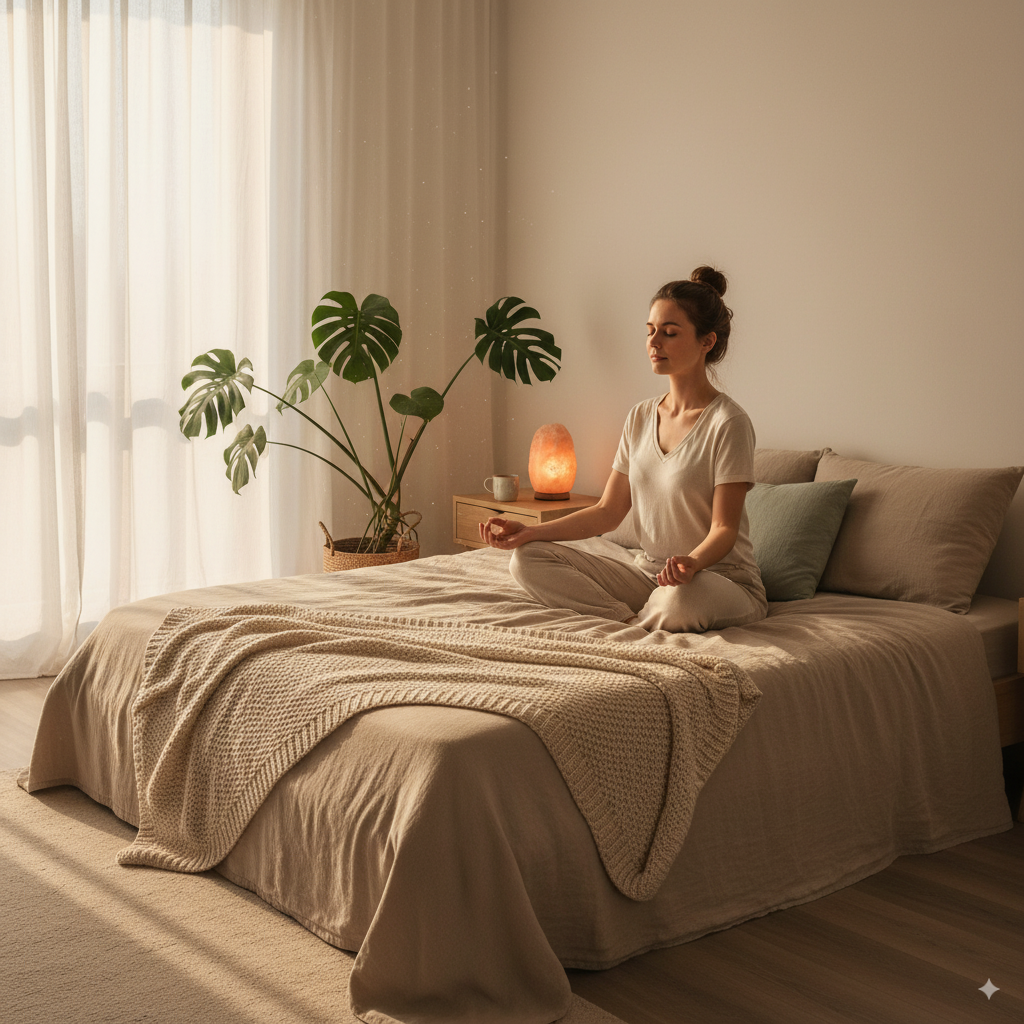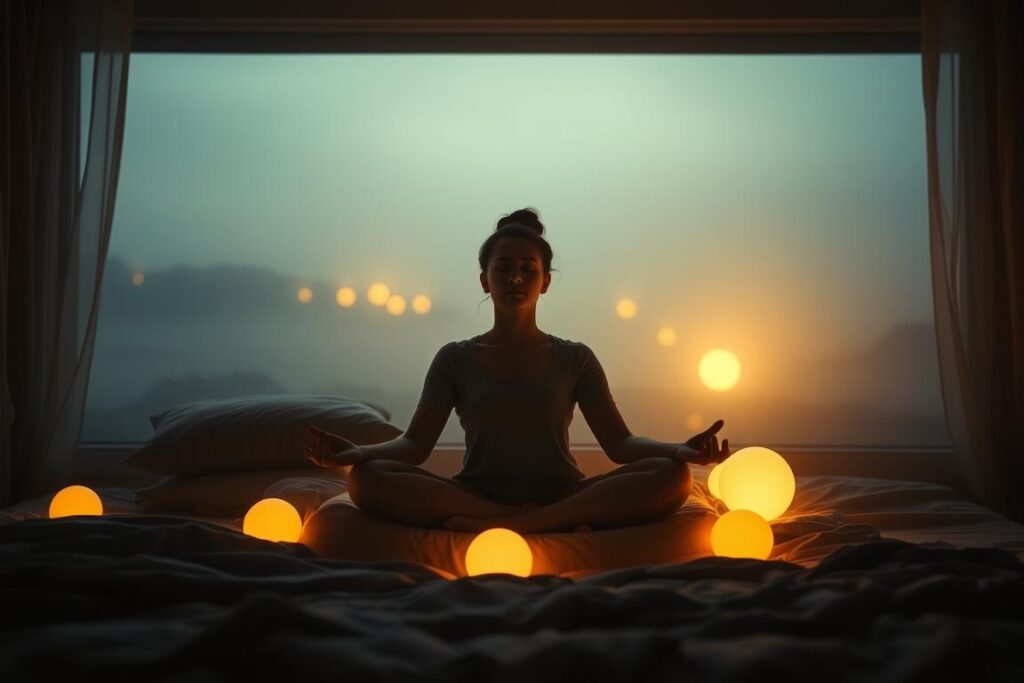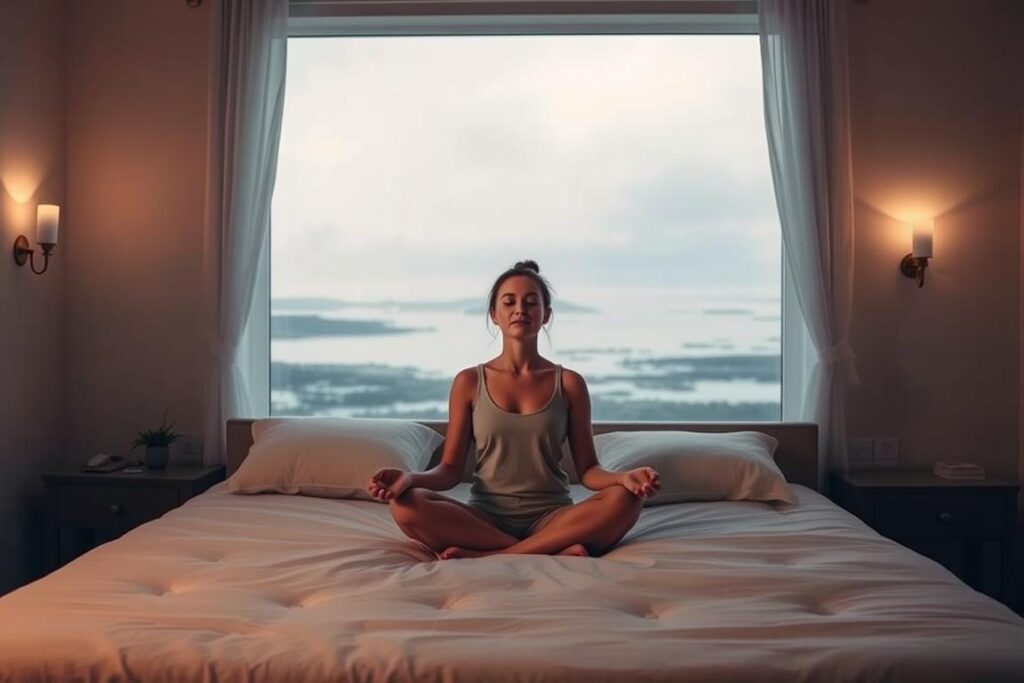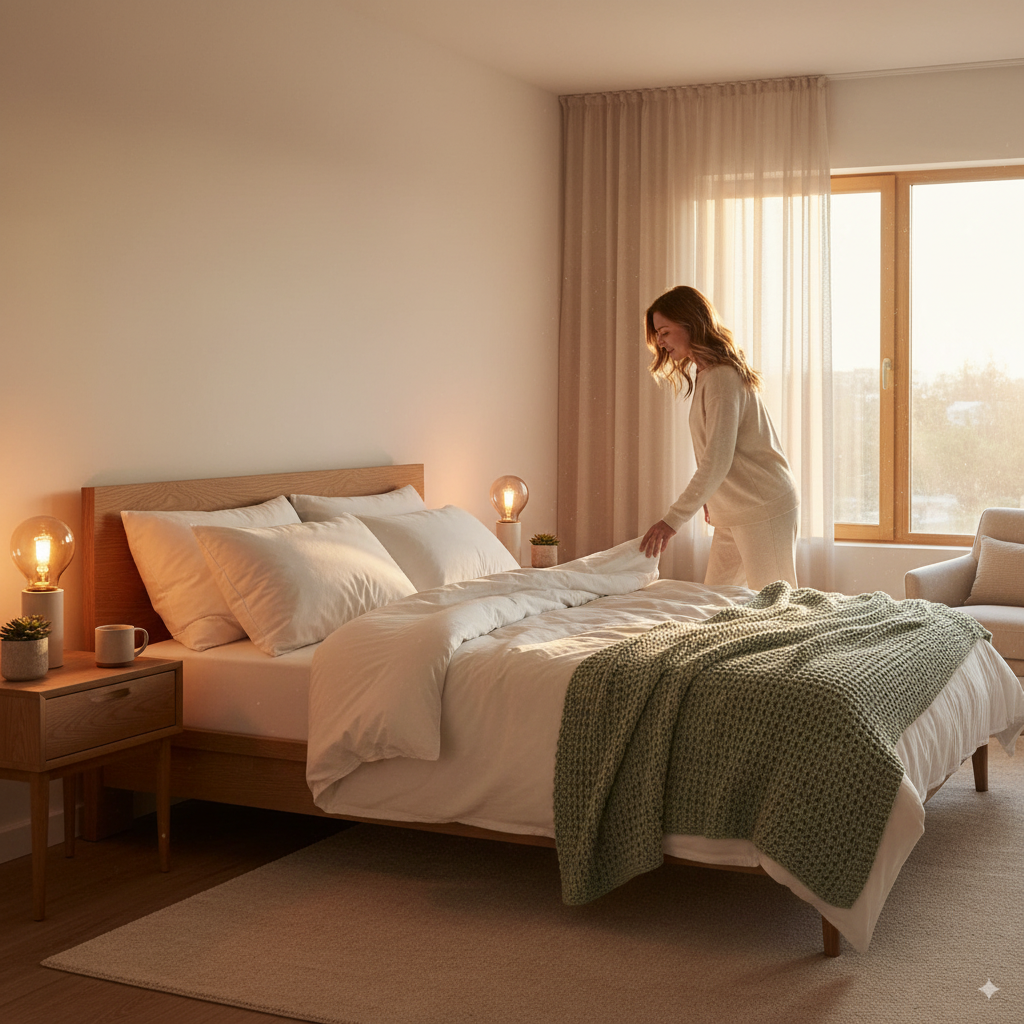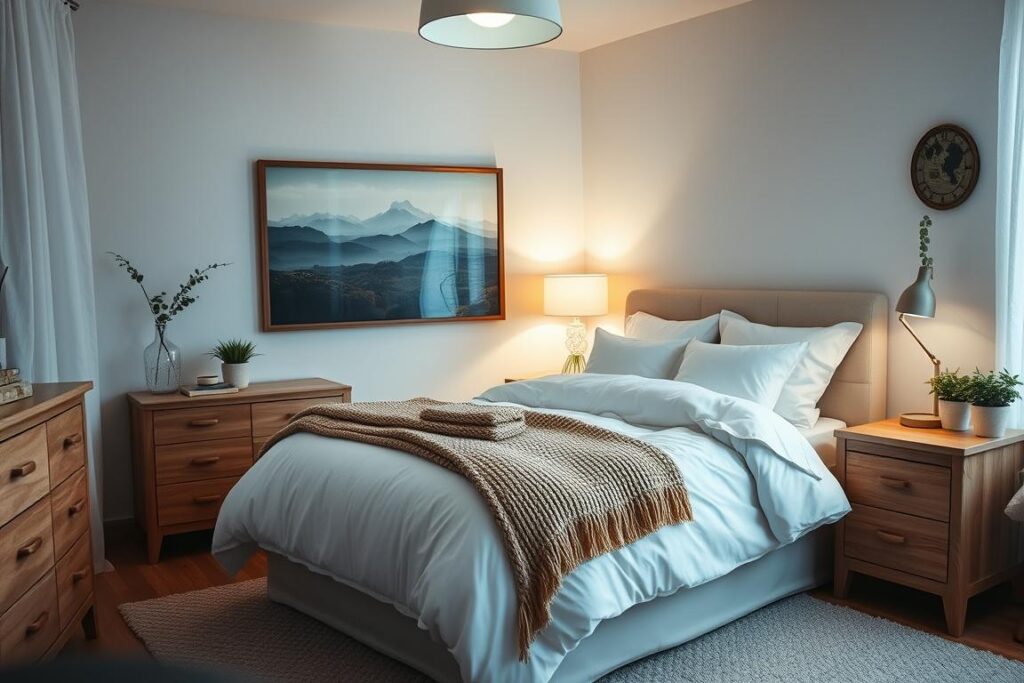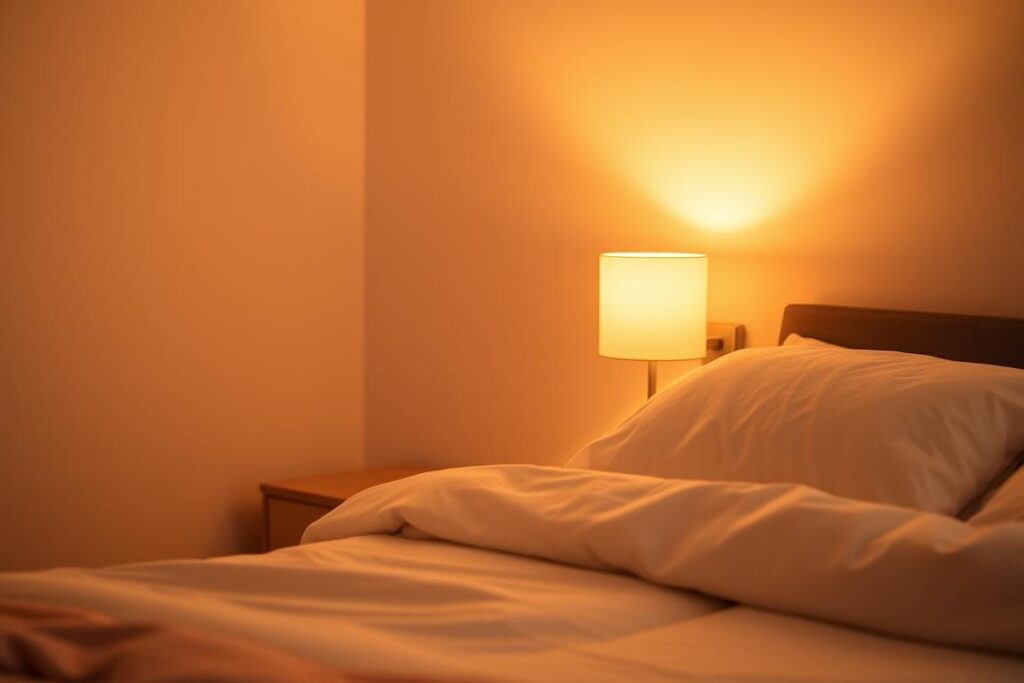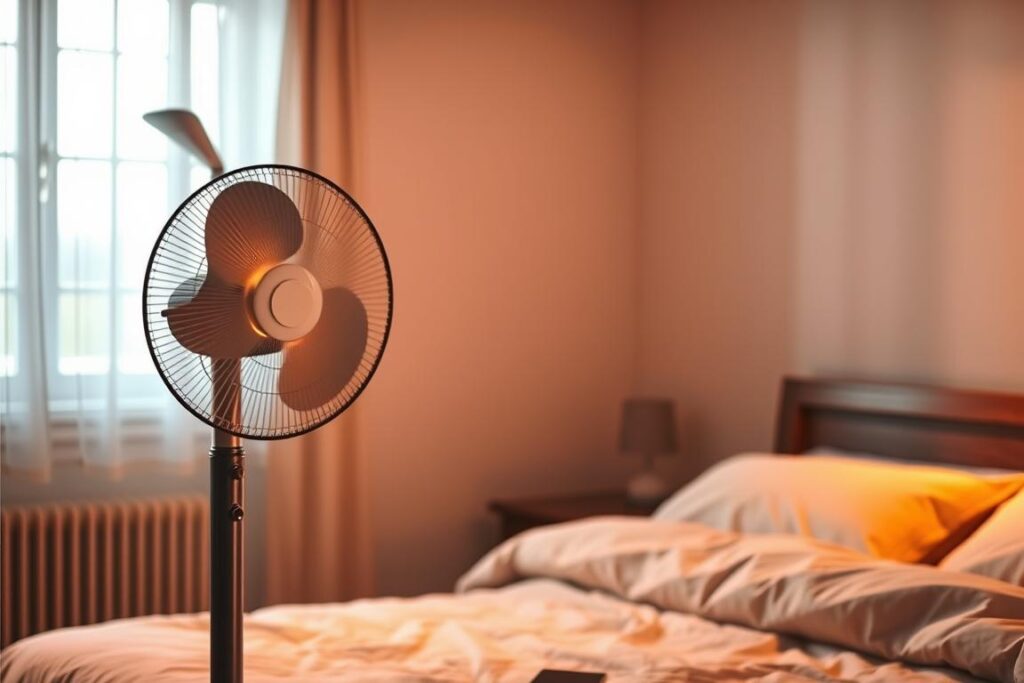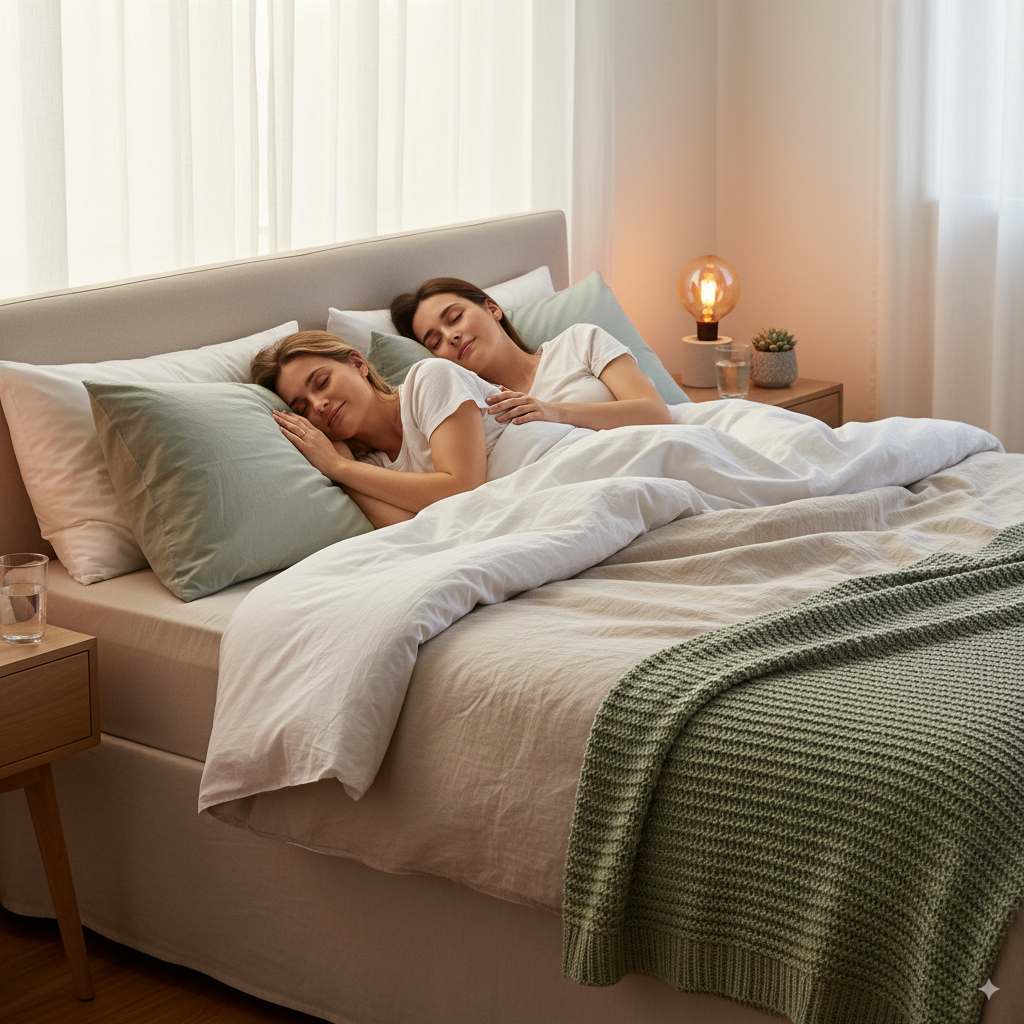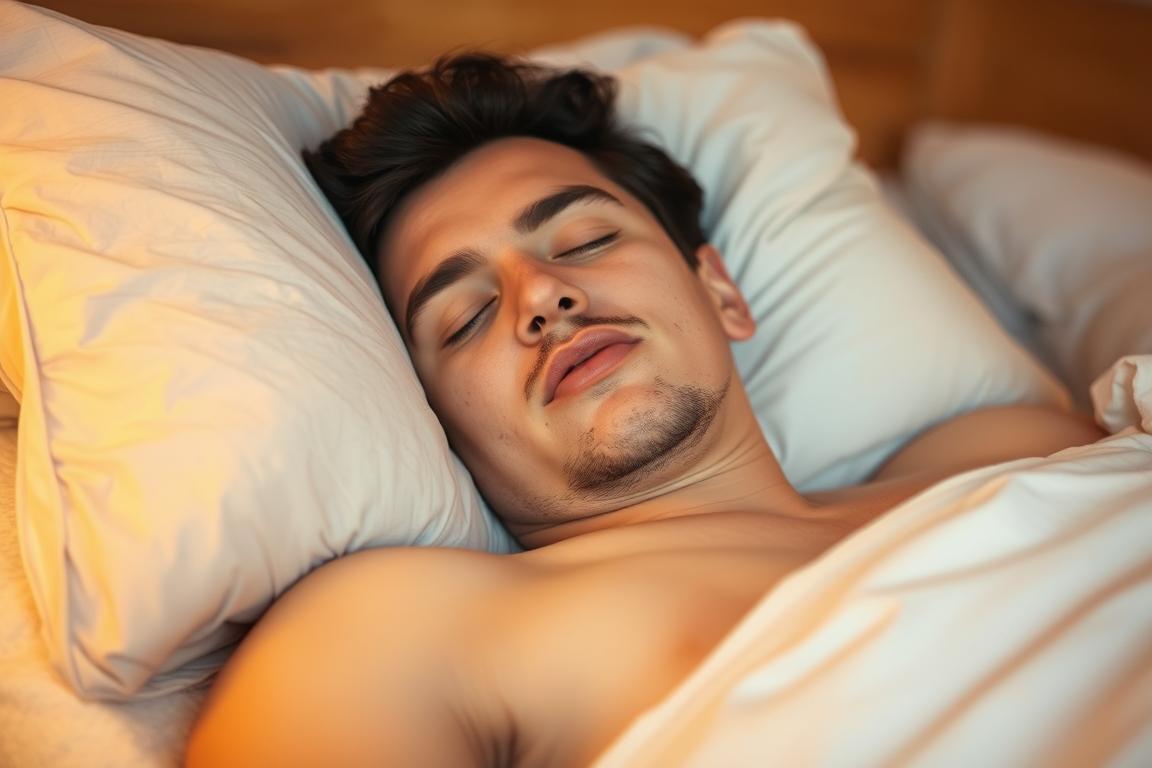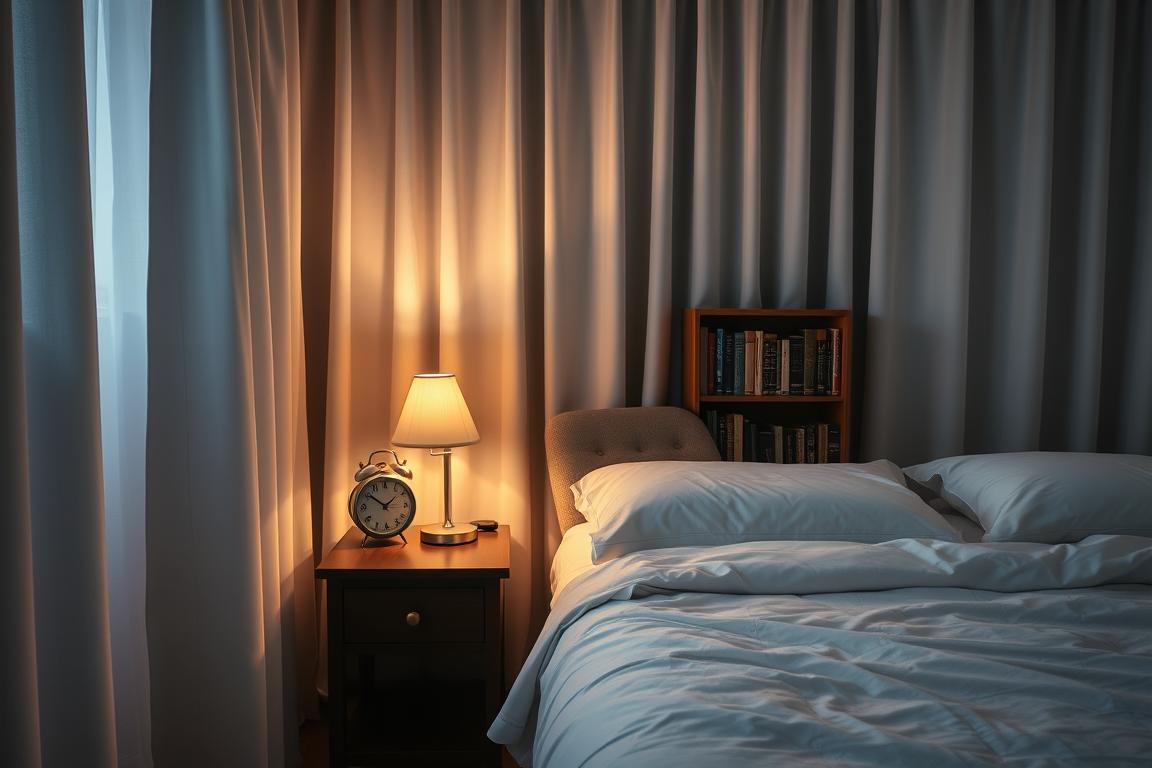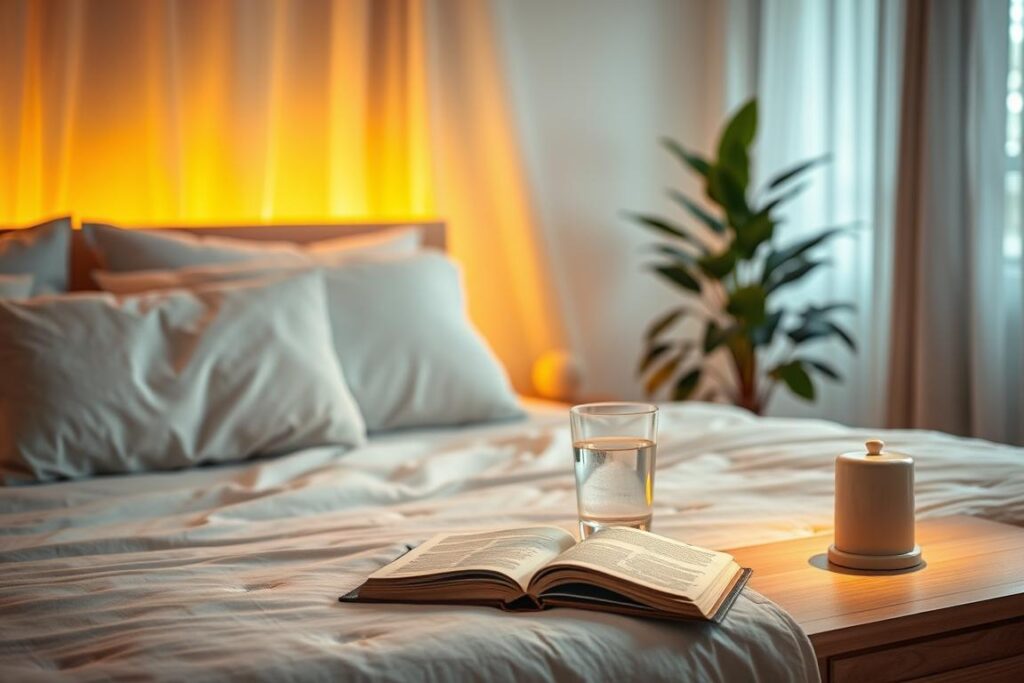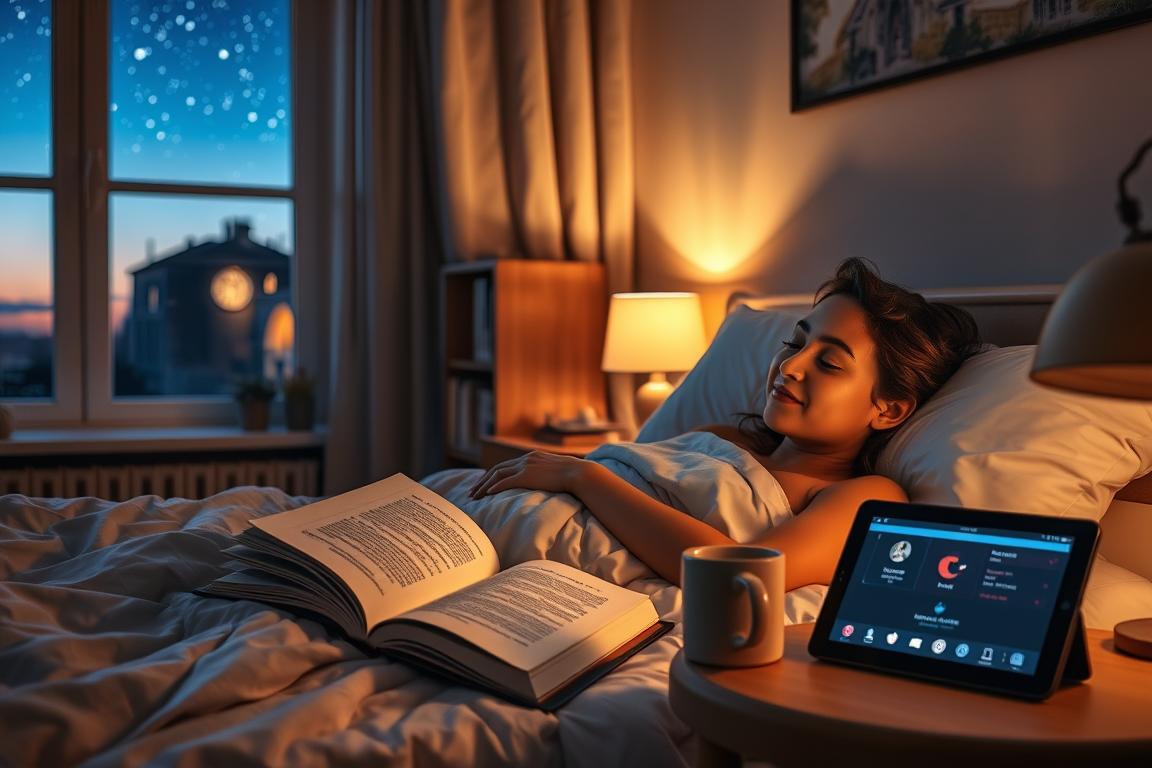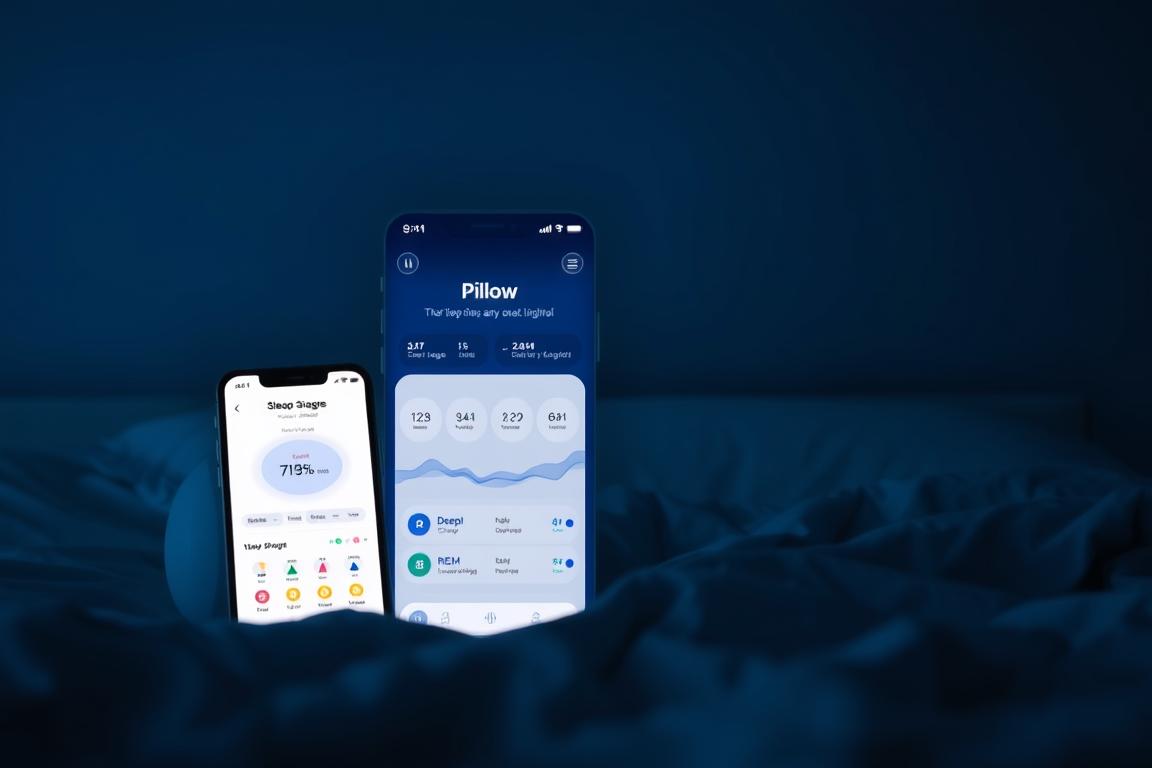How to Get Better Sleep: 12 Proven, Science-Backed Tips (2025)
Updated 2025
How to get better sleep starts with morning light, a dim last hour, a cool dark bedroom, smart caffeine timing, and steady wake times. These small, repeatable habits improve sleep quality, mood, and morning energy without fancy gear. For a deeper dive into setting up your environment, see our optimal sleep environment guide.
Key Takeaways
- Morning light anchors your body clock; evening dimness protects melatonin.
- Keep your bedroom cool (around 65–68°F), dark, quiet, and clutter-light.
- Time caffeine early, keep naps short and early, and move most days.
- Match mattress, pillow, and bedding to your body for alignment and comfort.
- Focus on the basics if you want to learn how to get better sleep most nights.
How to Get Better Sleep Tonight: Quick Wins
Start with the highest-leverage steps you can do today. These cues help your brain recognize “night” and make falling asleep feel easier. For a deeper routine, see our guide to a bedtime routine and foundational sleep hygiene.
- Get 10–30 minutes of outdoor light within an hour of waking.
- Begin a device-free, dimly lit wind-down during the last hour before bed.
- Set room temperature near 65–68°F and darken windows with shades or a mask.
- Move late tasks earlier; keep the bedroom for sleep, not work or scrolling.
Why Sleep Quality Matters for Your Health and Brain
Quality sleep restores attention, mood, and immune function. When sleep is fragmented or irregular, focus slips, blood pressure creeps up, and recovery slows. According to the CDC, about 70% of U.S. adults report getting sufficient sleep (≥7 hours), which means roughly 30% fall short—an easy win if you protect the basics.
Short- and Long-Term Effects You’ll Notice
After a poor night, reaction time and decision-making suffer. Over months, irregular patterns raise inflammation and cardiometabolic risk. Protecting how to get better sleep pays you back with clearer mornings and steadier energy.
What “Quality” Looks Like Across a Night
A typical night cycles through light sleep into deeper slow-wave stages and then REM. Deep sleep supports physical recovery; REM—longer toward morning—supports memory and mood.
- Stage 1: brief drowsiness—your on-ramp to sleep.
- Stage 2: light consolidation; you begin to recharge.
- Deep sleep: slow-wave restoration for muscles, immune support, and recovery.
- REM: dreaming, learning, and emotional processing—protect those last hours.
Circadian Rhythm and Morning Light
Bright light early anchors your internal clock; dim evenings protect melatonin. This day–night contrast often improves sleep quality even before you add minutes in bed.

Simple Morning Habits
Step outside within an hour of waking—coffee on the porch or a brisk walk works. If sunlight is scarce, ask your clinician about an early-day light box.
- Open blinds fully and move a call or two outdoors.
- Save bright workouts for daytime; keep post-sunset lighting warm and low.
- Be consistent—repeat these cues daily for a more reliable bedtime. For a deeper reset, see fix your sleep schedule.
Evening Dimming and a Calming Wind-Down
Glowing screens and bright rooms delay melatonin and stall sleep onset. A simple routine helps your brain downshift on cue so you actually feel sleepy at lights-out. For gentle techniques, see the Sleep Foundation’s relaxation exercises and the AASM guidance on healthy sleep duration.
Dim, Filter, and Unplug
Start a one-hour digital wind-down. Use warm lamp light, enable device night modes, and park phones outside the bedroom. For more techniques, visit meditation for sleep.
- Swap scrolling for paper reading, journaling, or gentle stretches.
- Batch late tasks earlier so bedtime stays calm.
- Keep wake-time steady within an hour, even on weekends.
Caffeine, Naps, and Exercise Timing
Timing matters as much as totals. Caffeine lingers, late naps push bedtime, and hard workouts too close to lights-out can rev you up.
Caffeine: Protect Your REM-Rich Hours
Use a simple rule: avoid coffee, tea, energy drinks, and pre-workouts within eight hours of bedtime. If you’re sensitive or use strong supplements, leave 13 hours—this is a reliable nudge for how to get better sleep.
- Trade late caffeine for decaf or herbal tea.
- Use daylight and a short walk for an afternoon lift.
- Test an earlier cutoff for two weeks and note how fast you fall asleep.
Smart Napping
Keep naps short (15–25 minutes) and early afternoon. Longer or late naps can make bedtime tougher.
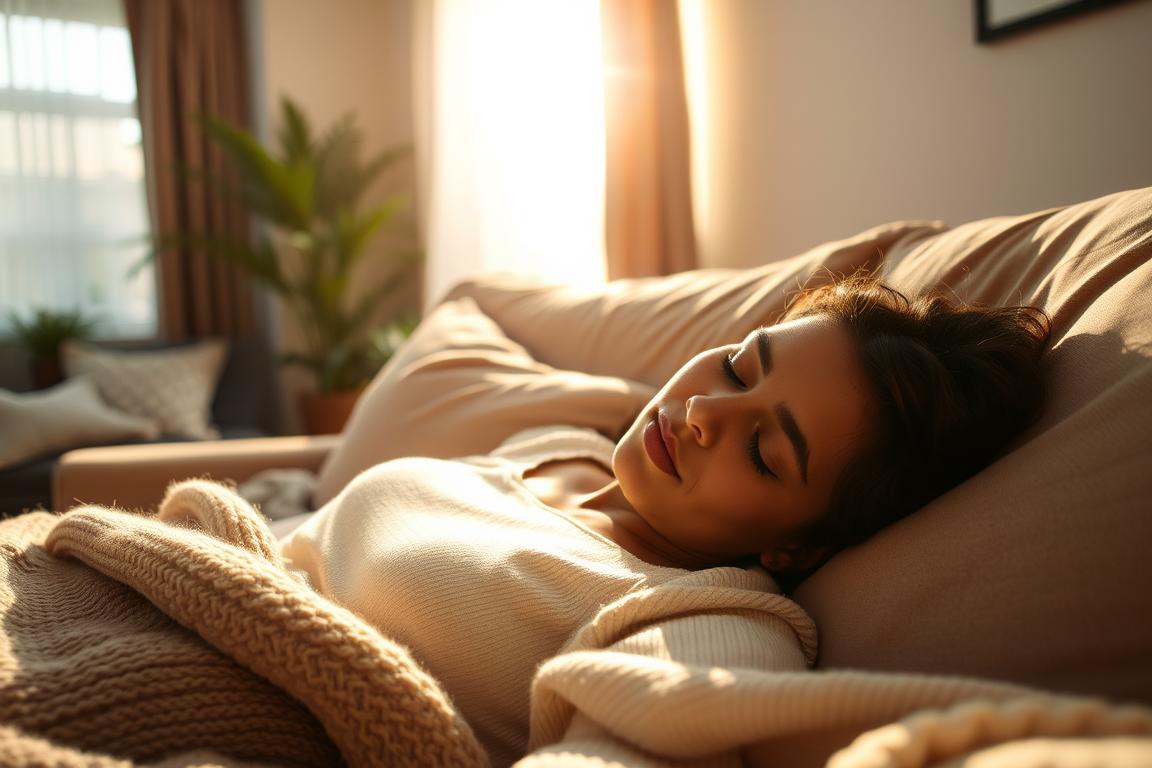
- Set a timer and nap in a cool, quiet, slightly dim space.
- Use occasional naps; if night sleep worsens, scale back.
- No nap option? Try bright daylight, water, or a brisk 5-minute walk.
Exercise That Supports Sleep
Move most days (about 150 minutes weekly). Schedule vigorous sessions a few hours before bedtime so adrenaline and core temperature settle.
- On busy days, choose short walks or light mobility to keep momentum.
- Pair workouts with daytime meals to curb late hunger and awakenings.
Optimize Your Bedroom and Bedding
A cool, calm room teaches your brain “this is for sleep.” Small changes can turn hours in bed into how to get better sleep. For a full setup, see our optimal sleep environment guide.
Light, Temperature, and Noise
- Keep the room near 65–68°F so core temperature can drop.
- Block stray glow with blackout curtains or a sleep mask.
- Tame sudden sounds with a fan, white noise, or soft earplugs.
- Ventilate daily and reduce dust to ease nighttime breathing.
Mattress, Pillow, and Breathable Bedding
Many adults do best on medium-firm support that keeps the spine neutral. If you wake sore or toss and turn, your bed may need an upgrade.
- Match pillow loft to your sleep position for neck support—see how to choose a pillow.
- Layer breathable sheets and fills; if you sleep hot, compare options in our best cooling mattress guide.
- Use home trials to test alignment and pressure relief—start with how to choose a mattress. When shopping, look for trusted labels (OEKO-TEX®, GREENGUARD, CertiPUR-US®). See this bedding certifications guide for what those seals mean.
When to Seek Help for Sleep Problems
Not all tiredness is the same. Some patterns reflect habits or stress; others signal a medical disorder that deserves evaluation.
Common Conditions
- Sleep apnea: loud snoring, pauses or gasps, morning headaches, daytime sleepiness. Learn how to stop snoring.
- Insomnia: trouble falling or staying asleep for months; CBT-I often outperforms pills.
- Restless legs/PLMD, narcolepsy, parasomnias: distinct signs—ask your clinician.
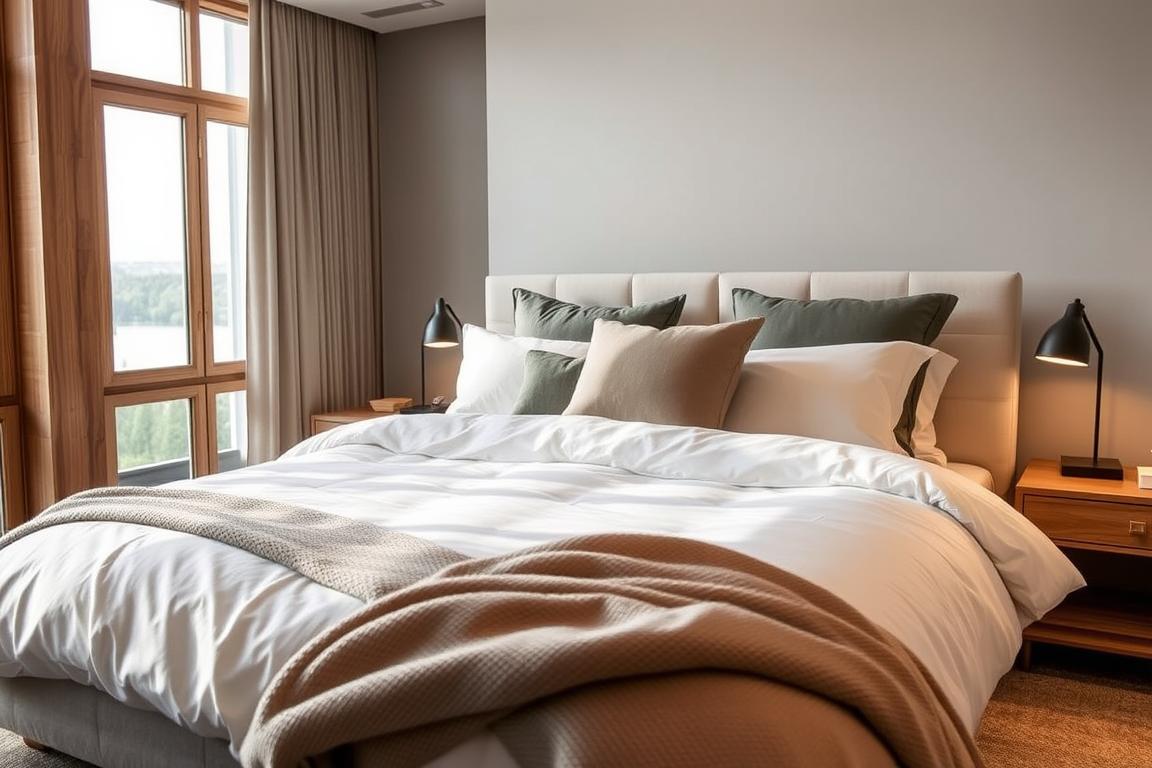
Next Steps
- Track 1–2 weeks of bed/wake times, naps, meds, caffeine, alcohol, and symptoms.
- Ask about at-home apnea testing or an in-lab study for complex cases.
- For chronic insomnia, discuss CBT-I; start with relaxation and mindfulness above.
FAQ
How many hours do adults need to sleep well?
Most adults need at least seven hours per night. Aiming for seven to nine helps mood, memory, and daytime function.
Is a cooler room really better?
Yes—cooler rooms help your core temperature drop, which supports deeper, more continuous sleep. Many people sleep best around 65–68°F.
How to get better sleep quickly?
Tonight, dim lights for the last hour, park devices outside the bedroom, and keep the room cool and dark. Get bright outdoor light soon after waking tomorrow.
What time should I stop caffeine?
Stop at least eight hours before bedtime; if sensitive or using strong supplements, leave 13 hours to protect REM-rich hours.
Which mattress firmness is best?
Medium-firm often balances pressure relief and support for many adults, but body size and sleep position matter. Trial periods help you confirm comfort at home.
Conclusion
Protecting how to get better sleep is one of the highest-leverage health habits you can build. Start with morning light, a dim last hour, a cool dark bedroom, and steady wake times. Tweak caffeine, keep naps short and early, and match your bedding to your body. If problems persist, talk with your clinician. For more cozy, practical guides, visit Cozy Bed Quarters.
Related Reading from Cozy Bed Quarters
- Optimal Sleep Environment: Cool, Dark, and Quiet
- Fix Your Sleep Schedule: A Step-by-Step Reset
- The Best Sleep Apps: Trackers, Sounds, and CBT-I Helpers

